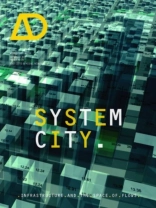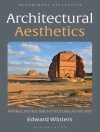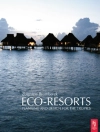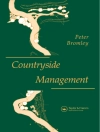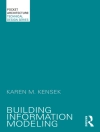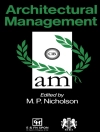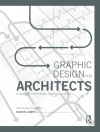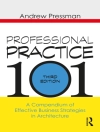A radical shift is taking place in the way that society is thinking
about cities, a change from the machine metaphors of the 20th
century to mathematical models of the processes of biological and
natural systems. From this new perspective, cities are regarded not
simply as spatially extended material artefacts, but as complex
systems that are analogous to living organisms, exhibiting many of
the same characteristics. There is an emerging view that the design
of the thousands of new cities needed for an expanding world
population are to be founded on intelligent and inhabited
infrastructural systems or ‚flow architectures‘ of
urban metabolisms. The physical arrays of the flow architecture of
the city are intimately connected to the networks of subsidiary
systems that collect and distribute energy, materials and
information. They animate the city, and should therefore be
intimately coupled to the spatial and cultural patterns of life in
the city, to the public spaces through which people flow, and
should unite rather than divide urban morphological and ecological
systems.
Featured architects: AMID(cero9), Buro Happold, Foster +
Partners, Groundlab and SOM.
Contributors include: Joan Busquets, Kate Davies and Liam Young,
Mehran Gharleghi, Evan Greenberg and George Jeronimidis, Marina
Lathouri, Wolf Mangelsdorf, Daniel Segraves, Jack Self, Ricard
Solé and Sergi Valverde, and Iain Stewart.
Inhaltsverzeichnis
ABOUT THE GUEST-EDITOR
SPOTLIGHT: Visual highlights of the issue
INTRODUCTION: System City: Infrastructure and the Space of Flows
Variation and Distribution: Forest Patterns as a Model for Urban Morphologies
A History of Territories, Movements and Borders: Politics of Inhabitation
A Distributed Ground: The Unknown Fields Division
Third Natures: Incubators of Public Space
Intelligent Cities and the Taxonomy of Cognitive Scales
Darwin Among the Machines
Cities and Grids: In Search of New Paradigms
The Grounds of a Renewed Practice: Groundlab’s Approach Towards Landscape and Infrastructure
Scales of Metabolic Flows: Regional, Urban and Building Systems Design at SOM
Metasystems of Urban Flow: Buro Happold’s Collaborations in the Generation of New Urban Ecologies
Local Climates of the City
Ex Silico Ad Vivo: Computational Simulation and Urban Design at Foster + Partners
Networks and the City
Data City: Urban Metabolic Decision Processes
COUNTERPOINT: The City Beyond Analogy
CONTRIBUTORS
ABOUT ARCHITECTURAL DESIGN
Über den Autor
Michael Weinstock is Director of Research and Development and Director of the Emergent Technologies and Design programme in the Graduate School of the Architectural Association School of Architecture in London. He has taught at the AA since 1989 in a range of positions from workshop tutor through to Academic Head. Over the last decade his published work has arisen from research into the dynamics, forms and energy transactions of natural systems, and the application of the mathematics and processes of emergence to cities, to groups of buildings within cities and to individual buildings. Whilst his principal research and teaching has been conducted at the Architectural Association, he has published and lectured widely, and taught seminar courses, studios and workshops on these topics at many other schools of Architecture in Europe and in the United States.
